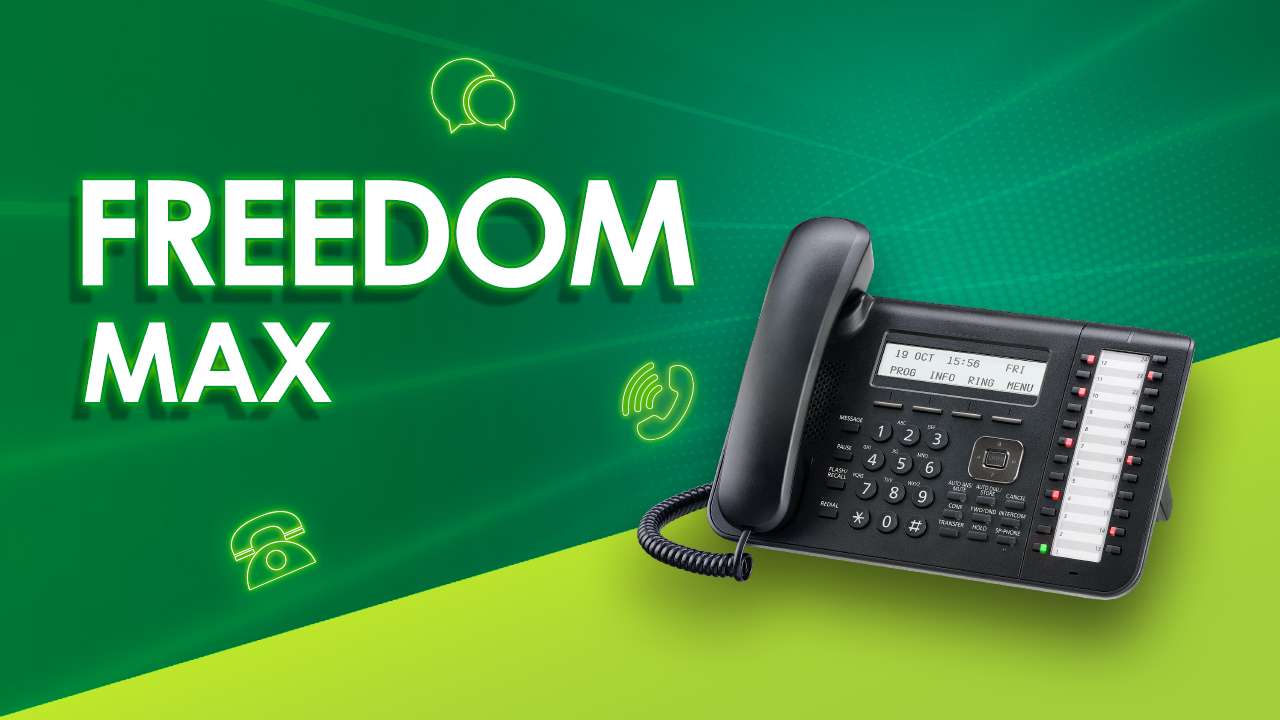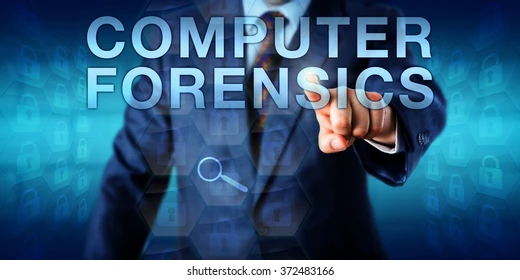A. Definition of conference calls
Conference calls involve connecting multiple participants in a virtual meeting space to facilitate discussions, presentations, or collaborations. They have become integral to modern business operations.
B. Importance of effective communication in modern business
As businesses expand globally and teams work remotely, the need for efficient communication is more significant than ever. Conference calls bridge the gap, enabling real-time discussions and decision-making.
II. Common Challenges in Conference Calls
A. Technical issues
From poor internet connections to audio glitches, technical problems can disrupt the flow of a conference call and hinder effective communication.
B. Lack of engagement
Participants often struggle to stay engaged during virtual meetings, leading to decreased attentiveness and lower productivity.
C. Time management
Ineffective time management can result in extended meetings, leading to frustration and impacting overall productivity.
III. The Impact of Better Conference Calls
A. Improved communication
Implementing strategies for better conference calls can significantly enhance the clarity and effectiveness of communication among team members.
B. Increased productivity
Efficient conference calls streamline discussions, reduce downtime, and contribute to overall team productivity.
C. Enhanced collaboration
By addressing common challenges, better conference calls foster a collaborative environment, allowing team members to work seamlessly across distances.
IV. Tips for Better Conference Calls
A. Choosing the right technology
Selecting a reliable conferencing platform tailored to the organization’s needs is crucial for a successful virtual meeting.
B. Setting an agenda
Establishing a clear agenda ensures that the discussion stays focused and relevant, preventing time wastage on unrelated topics.
C. Encouraging active participation
Interactive discussions promote engagement, and organizers should encourage participants to share their insights and opinions.
D. Managing time effectively
Adhering to a predetermined schedule and using time-tracking tools can prevent meetings from dragging on and ensure optimal use of everyone’s time.
V. Overcoming Technical Challenges
A. Ensuring a stable internet connection
Participants should check their internet connectivity before the call to minimize disruptions caused by connectivity issues.
B. Familiarizing participants with the platform
Providing training on the conferencing platform can alleviate technical challenges and enhance participants’ confidence in using the technology.
C. Providing technical support
Having dedicated technical support available during calls can quickly address and resolve any unforeseen issues.
VI. Strategies for Enhancing Engagement
A. Using visual aids
Incorporating visual elements like slides or charts can make the meeting more engaging and aid in conveying complex information.
B. Incorporating interactive elements
Interactive features, such as polls or breakout sessions, encourage active participation and maintain participants’ interest.
C. Encouraging open discussions
Creating a culture of open communication allows team members to freely express their ideas, fostering collaboration and innovation.
VII. Time Management Techniques
A. Setting a clear agenda with time allocations
Clearly outlining the topics to be discussed and allocating time for each agenda item helps maintain focus and ensure that the meeting stays within the allotted timeframe.
B. Using time-tracking tools
Leveraging technology to track time spent on each agenda item can help organizers stay on schedule and manage the duration of the call effectively.
C. Encouraging punctuality
Emphasizing the importance of punctuality ensures that the meeting starts and ends on time, respecting participants’ schedules.
VIII. Real-Life Success Stories
A. Companies that transformed their communication with better conference calls
Explore real-world examples of organizations that overcame communication challenges by implementing effective conference call strategies.
IX. The Future of Conference Calls
A. Technological advancements
Stay ahead of the curve by exploring upcoming technologies that may reshape the landscape of virtual communication.
B. Emerging trends in virtual communication
Examine the trends shaping the future of virtual meetings, from augmented reality integration to AI-driven enhancements.
X. Conclusion
A. Recap of the importance of better conference calls
In conclusion, better conference calls are a catalyst for improved communication, increased productivity, and enhanced collaboration in today’s dynamic business environment.
B. Call to action for implementing improvements
As businesses evolve, it’s essential to adapt communication strategies. Implementing the tips discussed can transform mundane conference calls into powerful tools for success.
Frequently Asked Questions
- Q: How can I choose the right conferencing technology for my business? A: Consider the specific needs of your organization and the features offered by different platforms. Test a few options to find the one that aligns best with your requirements.
- Q: What are some common challenges in virtual communication, and how can they be addressed? Technical issues, lack of engagement, and time management are common challenges. The article provides strategies to overcome these challenges and conduct more effective conference calls.
- Q: Is it necessary to use visual aids in conference calls? A: While not mandatory, visual aids can significantly enhance engagement and understanding. The article suggests incorporating them based on the nature of the discussion.
- Q: How can companies encourage open discussions in virtual meetings? A: Creating a culture of open communication involves fostering trust, actively seeking input from all participants, and providing a platform for sharing ideas.
- Q: What is the significance of punctuality on conference calls?










